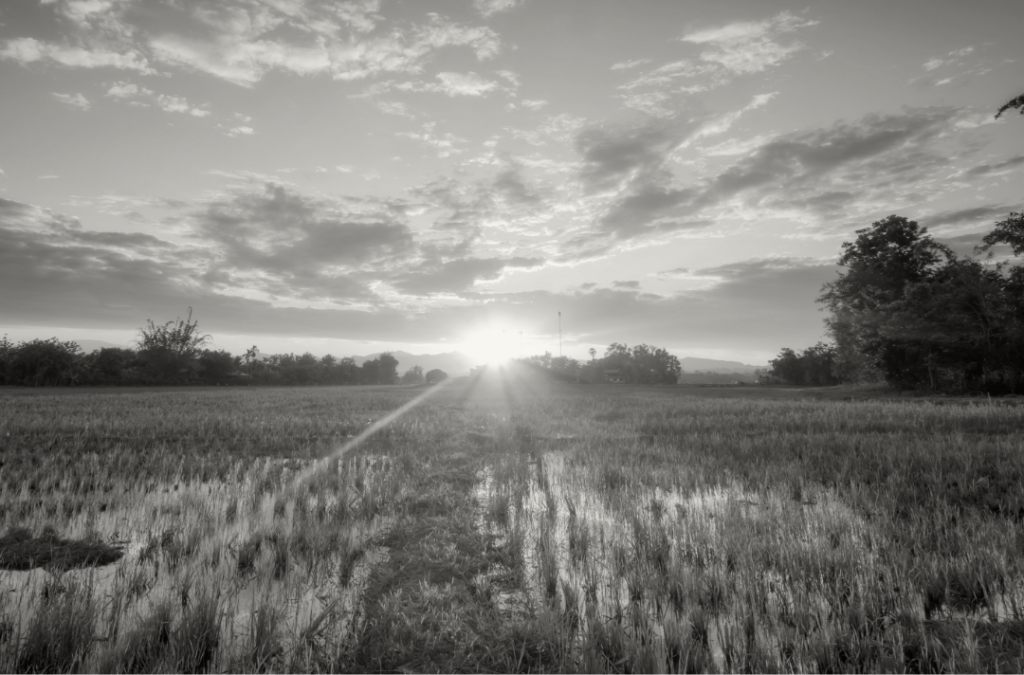D’var Torah – Bamidbar

This week after finishing the book of Vayikra, we are starting a new book, in the Midbar, (in the desert), in the nothingness, we will be here for a while, 40 years to be exact. How are we expected to grow in a desert? After all it is the wilderness, there is nothing – shum davr.
D’var Torah – Behukotai

The wordקוממיות: – from the word קום – stand up straight, is in plural to which Rashi explained that there are two ways to stand straight: physically and emotionally. We can also see that in the order of Berachot hashchar: The blessings of Dawn. First, G-d released us from slavery and then make us walk straight.
D’var Torah – Behar

This week Torah portion is Behar, on the mountain (of Mt. Sinai). It Is the name of the location where G-d gave more laws to Moses. This Torah portion talks about counting time for the Sabbatical year, the seventh year of rest and the fifty year of jubilee, a rest for the land, a restart. all the laws regarding counting time are important but its also very important the location where they are supposed to take place: The land of Israel. I can’t believe that this summer will be 25 years since I left and lived outside of Israel.
D’var Torah – Emor

This week’s Torah portion Emor is also called Torat Kohanim which serves as the priests’ manual. It includes the special regulations of the kohanim. Last week we discussed what sets us apart from the other nations and this week we read of what sets the kohanim apart from the rest of us. Just as the Israelites are expected to represent G-d through life, aspiring to acts of holiness, the Kohanim are to represent the maximum level of holiness in their actions and devotion to G-d.
